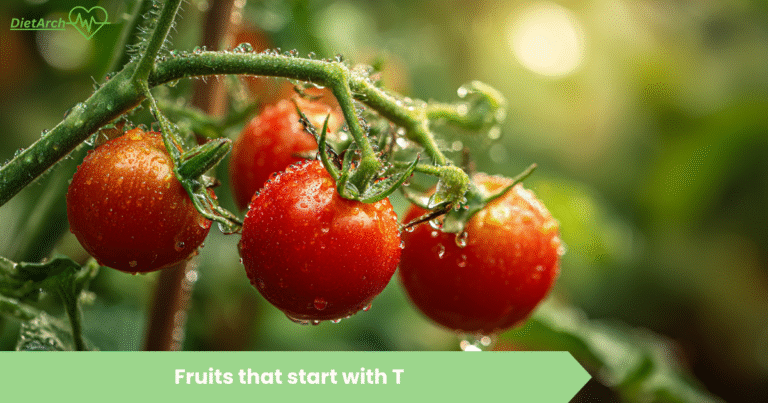10 Weirdest Fruits at Your Supermarket and How to Use Them Guide
Many shoppers may not realize that their local supermarket is home to a variety of unique and weirdest fruits. While familiar options like apples and bananas are common, there are ten unusual fruits that can add excitement to any grocery list. These fruits not only offer distinct flavors but also provide diverse culinary possibilities for adventurous eaters.
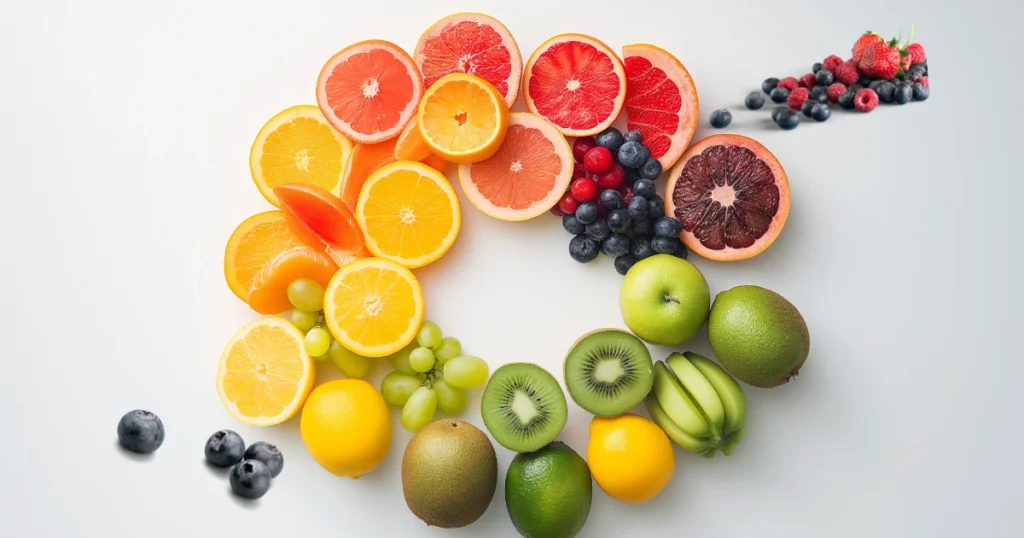
Exploring these weird fruits can be both fun and educational. It allows individuals to try new tastes and textures while expanding their knowledge about different cultures. From their bright colors to their unique shapes, these fruits can make meals more appealing and interesting.
1 Dragon Fruit
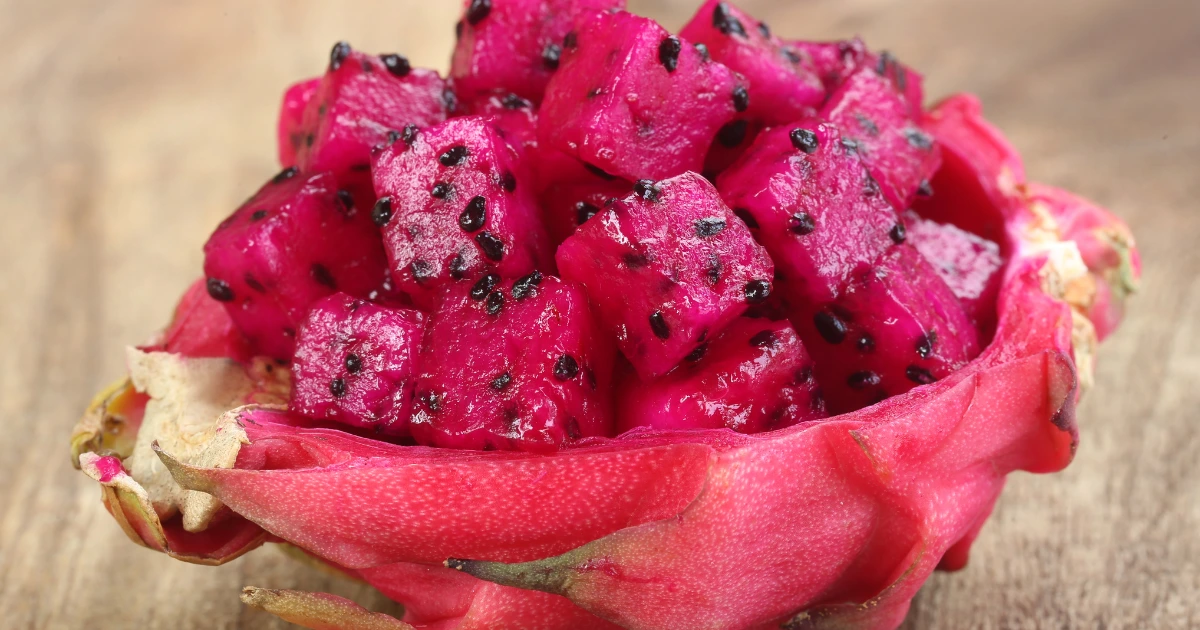
Dragon fruit, also known as pitaya, is easily recognized by its bright pink skin and green scales. Its unique appearance makes it stand out in the supermarket.
This fruit has a mild, slightly sweet flavor. It can be eaten raw or added to smoothies and fruit salads.
Dragon fruit is also rich in vitamin C and fiber, making it a healthy choice for snacking. For best results, it should be ripe and firm when purchased.
Choose best high fiber drinks for healthy life.
2 Starfruit
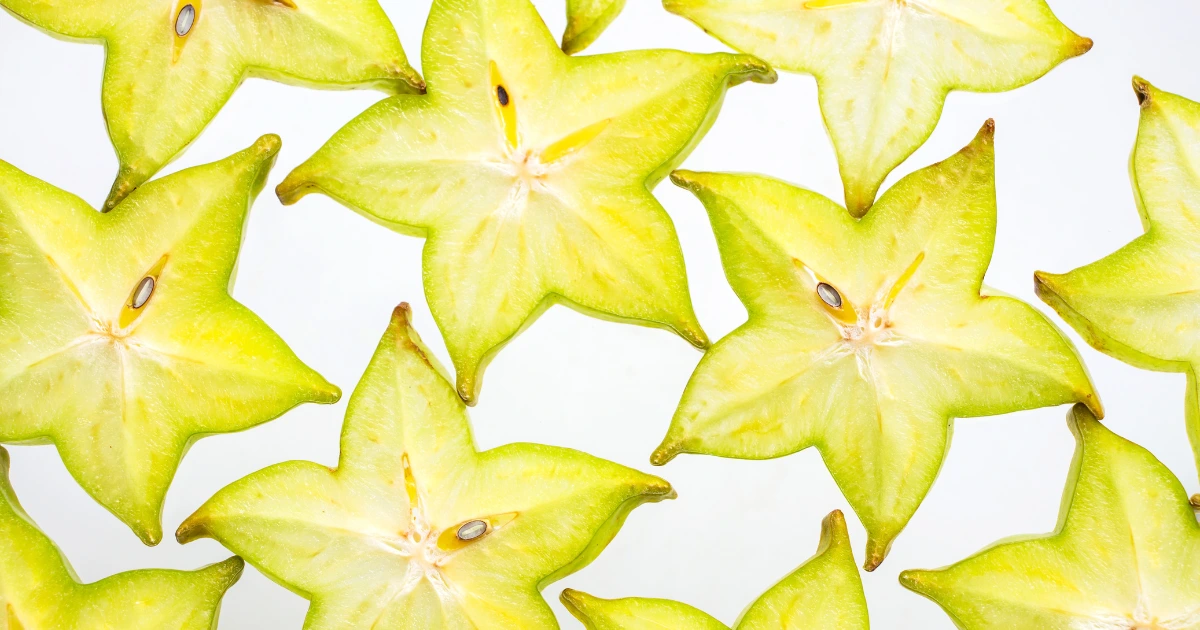
Starfruit, also known as carambola, has a unique star shape when sliced. It is bright yellow and can add visual appeal to dishes. It is also a low-carb fruit.
This fruit has a crisp texture and a sweet, tangy flavor. It can be eaten fresh, added to salads, or used in smoothies.
Starfruit is low in calories and is a source of vitamin C. For a fun treat, it can also be made into a refreshing juice or syrup.
3 Rambutan
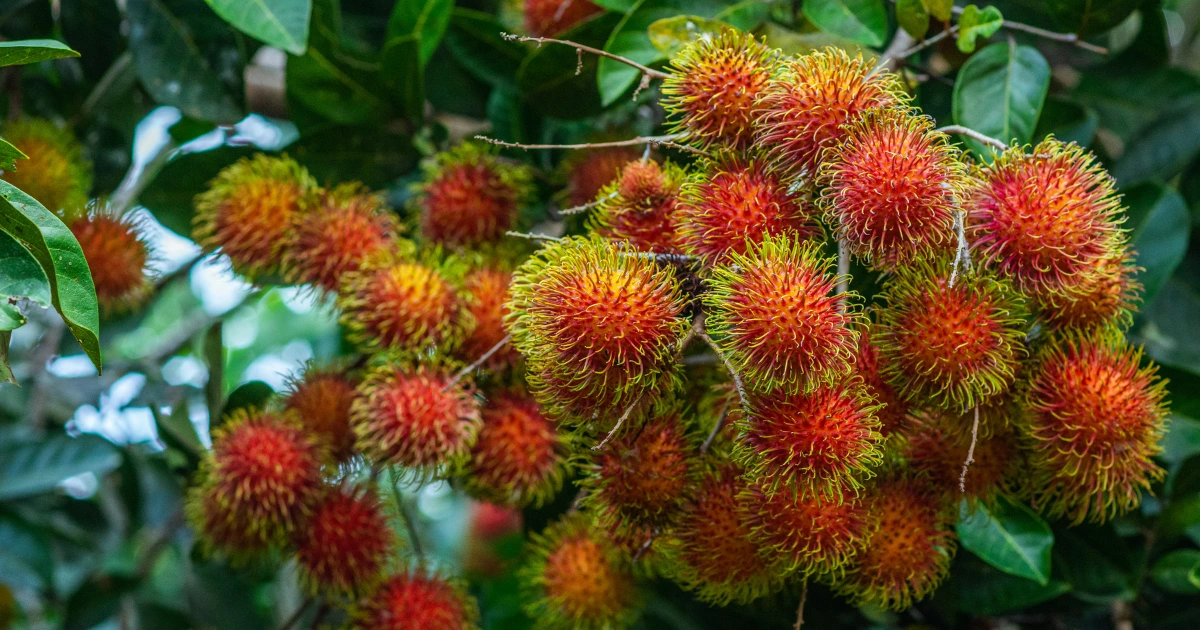
Rambutan is a unique fruit known for its spiky red and green exterior. It is about the size of a golf ball and can look quite intimidating.
Inside, the flesh is white, juicy, and sweet. The taste is often compared to lychee.
To enjoy rambutan, simply cut or peel away the outer skin. It can be eaten fresh or added to fruit salads and desserts.
Did you know that a cucumber is also a fruit?
4 Husk Cherry

Husk cherries are small fruits that resemble tiny tomatillos. They have a round shape and are wrapped in a paper-like husk.
When ripe, they can be pink, green, or light orange in color. The taste is often described as a mix of sweet and tart.
These fruits can be eaten raw, added to desserts, or used in salads. They offer a unique flavor that can enhance various dishes.
5 Watermelon Gherkin
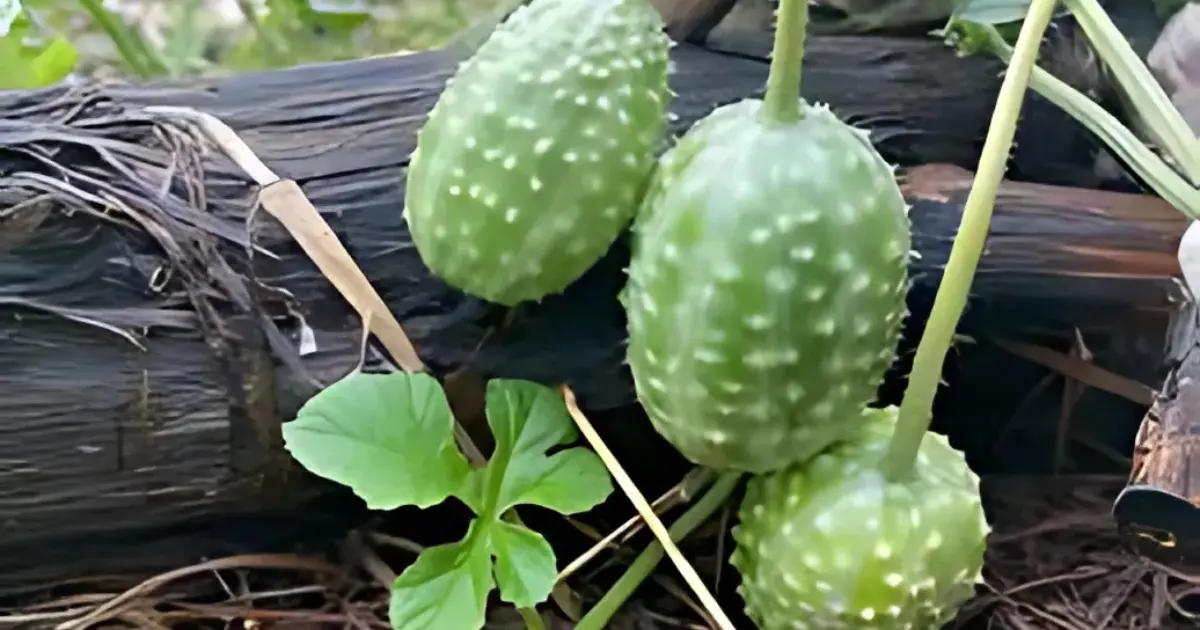
Watermelon gherkins look like tiny pickles but are actually small, sweet, and sour fruits. They are about the size of grapes and have a unique flavor. These fruits can be eaten raw or added to salads for a tangy twist.
Cooking with watermelon gherkins is also an option. They work well in salsas or as a garnish for drinks. Their vibrant appearance adds a fun touch to any dish.
6 Horned Melon
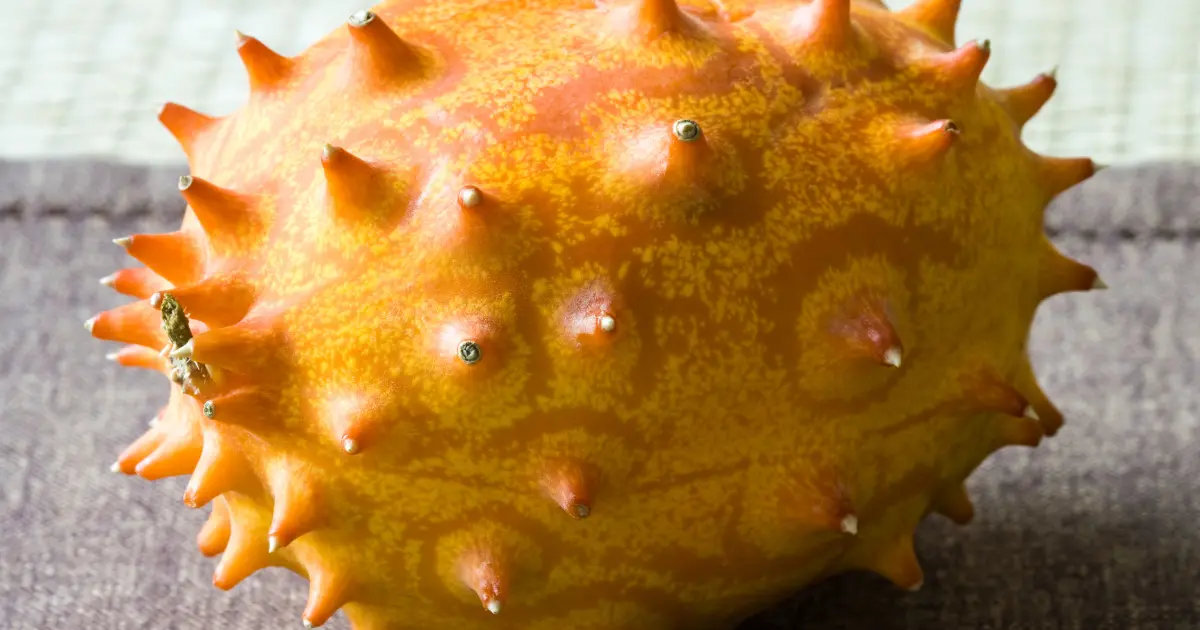
Horned melon, also known as kiwano, has a unique appearance with its spiky, orange skin. Inside, it contains bright green flesh that is juicy and gelatinous.
The taste is often compared to a mix between cucumber and kiwi. While it may not have a strong flavor, it is rich in vitamins and fiber. High fiber fruits help to loose Visceral Fat.
Horned melon can be eaten raw or used in smoothies and salads for a refreshing twist.
7 Durian

Durian is known as the “king of fruits” in many parts of Asia. It has a unique smell that some people find unpleasant. The fruit’s spiky shell hides a creamy, custard-like flesh.
People describe its taste as sweet with hints of almond and cheese. Durian can be eaten fresh, in desserts, or even in savory dishes. Its strong flavor can be an acquired taste for many.
Do you know it is banned in many hotels due to its smell?
8 Jackfruit
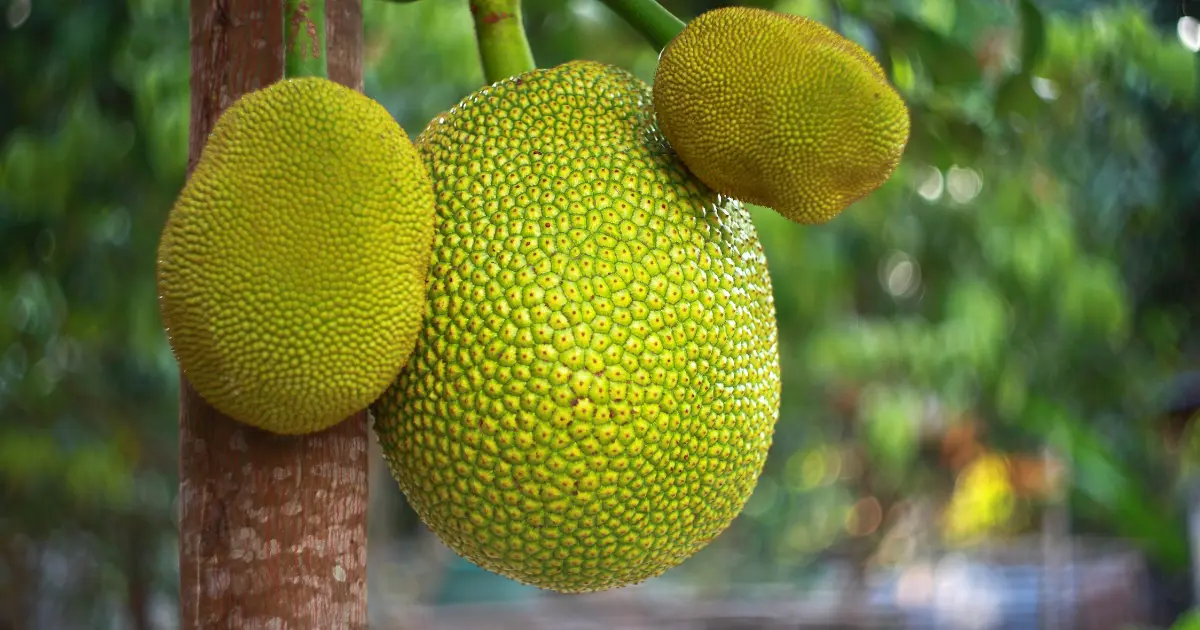
Jackfruit is a large, tropical fruit known for its unique texture and taste. It is often used as a meat substitute in many dishes because of its meaty consistency.
This fruit can be eaten fresh or cooked. When unripe, jackfruit has a neutral flavor and absorbs seasonings well. Ripe jackfruit tastes sweet and is often compared to tropical flavors like banana and pineapple.
People are increasingly using jackfruit in plant-based recipes. It has become popular in vegan cooking as an alternative to pulled pork or chicken.
9 Lychee

Lychee is a small, round fruit with a bumpy red skin. It has a sweet, floral flavor and a juicy white flesh that is popular in many desserts.
This fruit is native to Asia and is commonly found in supermarkets. It can be enjoyed fresh, canned, or in drinks.
To eat lychee, simply peel off the skin and enjoy the flesh inside. This fruit can add a unique taste to salads and smoothies.
10 Kiwano
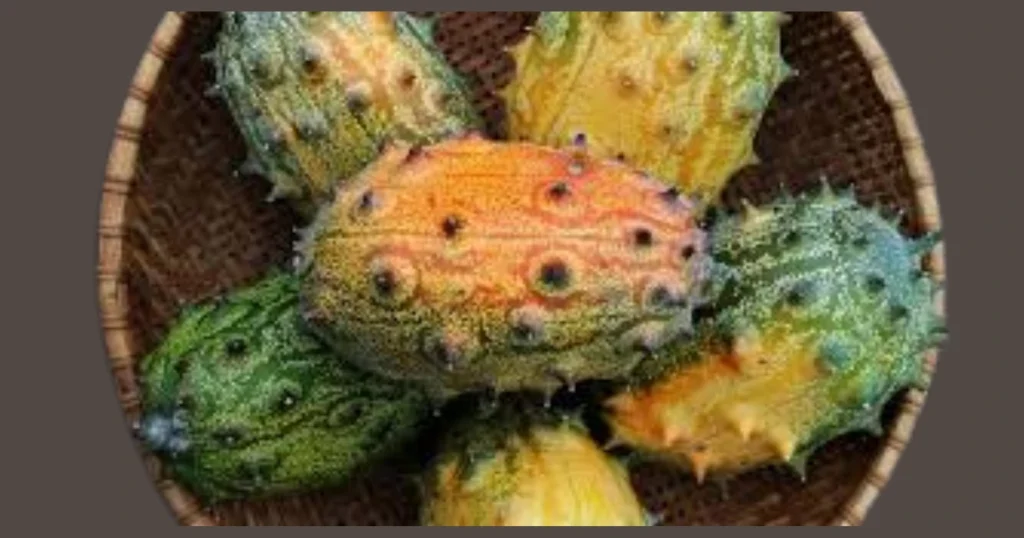
Kiwano, also known as horned melon, has a bright yellow or orange spiky skin. Its unique appearance makes it a standout in the produce aisle. Inside, it has a green, jelly-like flesh full of tiny seeds.
The taste is a mix of cucumber and banana, offering a refreshing flavor. Kiwano can be eaten raw or added to salads and smoothies. Its unusual look and taste make it a fun fruit to explore.
Nutritional Benefits of Weird Fruits
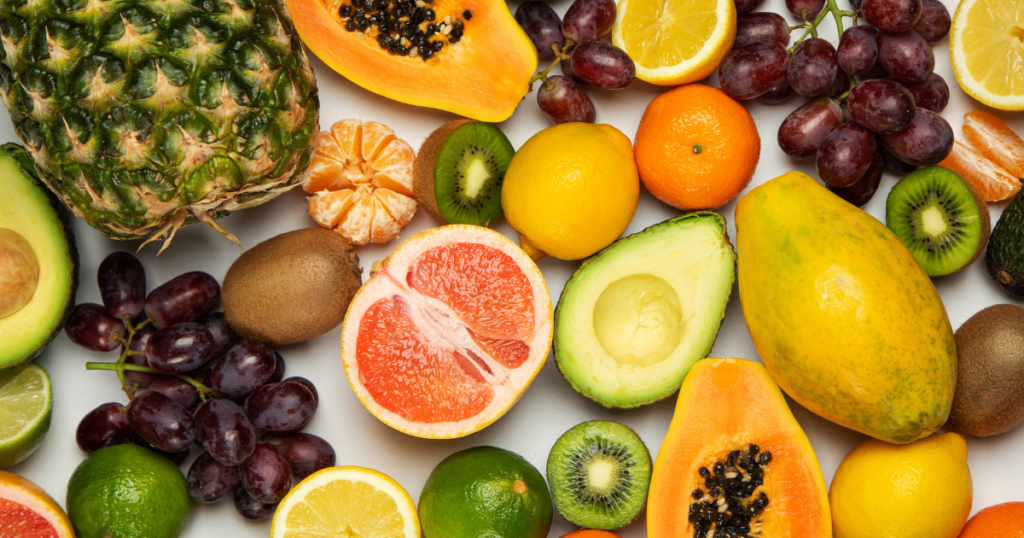
Vitamins and Minerals
Many weird fruits pack a punch when it comes to vitamins and minerals. For instance, dragon fruit is high in vitamin C, which supports the immune system. It also contains magnesium and iron, important for muscle function and blood health.
Rambutan, another exotic fruit, offers a good supply of vitamin C and calcium. These nutrients are essential for bone health and maintaining strong teeth. Kiwano, or horned melon, is rich in potassium and vitamin C, aiding in blood pressure regulation and immune support.
Incorporating these fruits can help meet daily nutrient needs while adding variety to meals.
Antioxidant Properties
Weird fruits are often rich in antioxidants, which play a key role in protecting the body. Dragon fruit contains betacyanins, beneficial compounds that may reduce inflammation and oxidative stress.
Jackfruit is another fruit known for its antioxidant content. It includes phytonutrients that can help combat free radicals in the body. These compounds contribute to overall health and may lower the risk of certain diseases over time.
Eating a range of these exotic fruits can provide a mix of antioxidants, supporting long-term health while adding unique flavors and textures to diets.
Culinary Uses
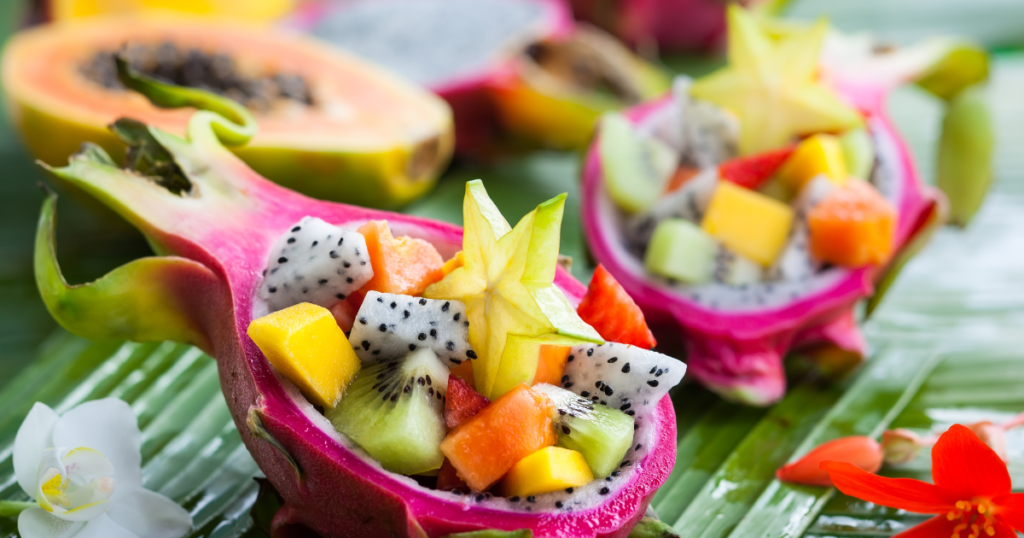
Savory Recipes
Savory dishes can benefit from the bold flavors of exotic fruits. For instance, dragon fruit can be sliced and added to salads. Its mild taste complements greens and adds vibrant color.
Starfruit can be thinly sliced and used as a garnish or a side dish. It pairs well with grilled meats and adds a hint of tartness.
Rambutan has a juicy, slightly sweet flavor. It can be mixed into salsas or used in chutneys. This fruit works well with spicy ingredients, balancing out heat with its sweetness.
Including watermelon gherkin in a stir-fry can add a crunchy texture. This fruit can also be pickled, creating a tangy side dish for tacos or sandwiches.
Sweet Dishes
Exotic fruits shine in desserts and sweet dishes. Horned melon, with its jelly-like texture, can be scooped out and added to smoothies. It brings a refreshing taste to fruit bowls or yogurt.
Using husk cherries in pies or tarts can introduce a unique flavor. They add a sweetness that pairs well with spices like cinnamon or nutmeg.
Rambutan can be blended into desserts like puddings or ice creams. Its sweet, floral notes give a lovely twist to traditional recipes.
Finally, dragon fruit is often used in tropical parfaits or desserts. Its bright pink color makes dishes visually appealing, while its subtle flavor can be enhanced with lime or coconut.
Storage and Preparation Tips

Storage:
Preparation:
Additional Tips:
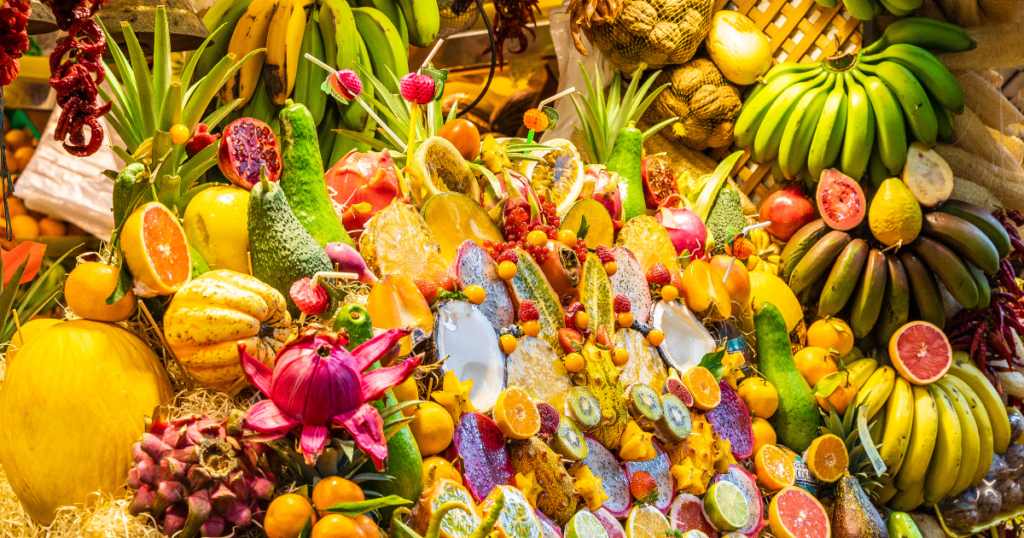
Following these tips can enhance the experience of eating exotic fruits and keep them fresh longer.







